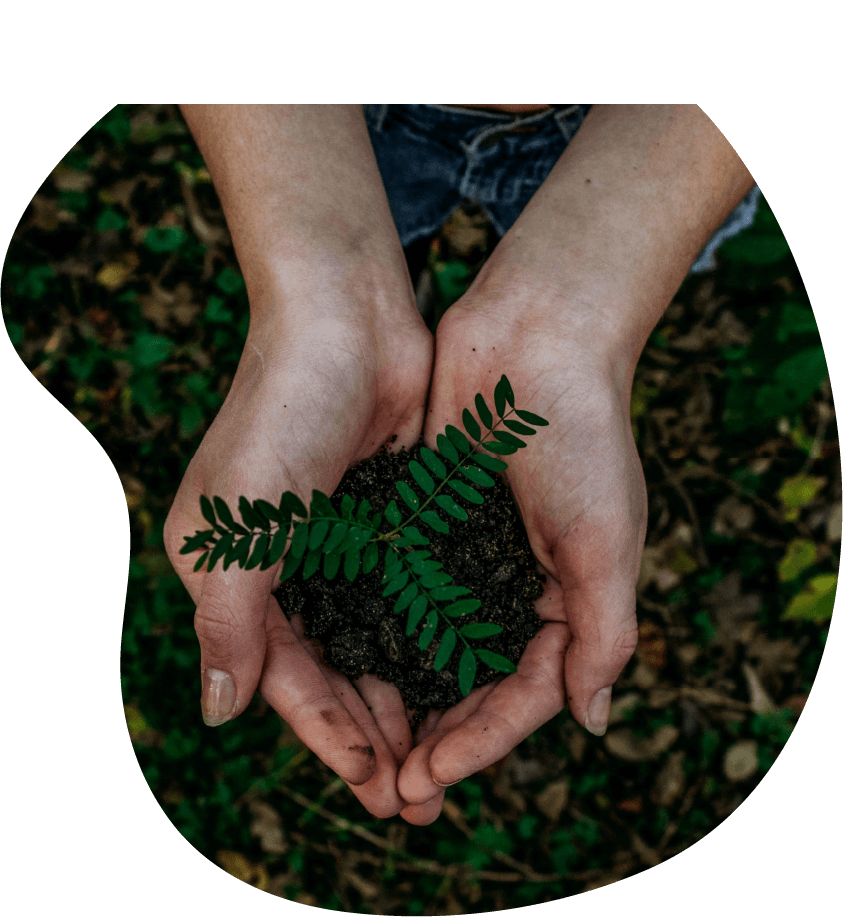


The Green Deal is very ambitious. What will be the consequences for food production if all measures are implemented in 2030? Will certain farms and farmers disappear?
“In 2030, the European Union will produce enough food to feed its citizens and remain an important player on certain international agricultural markets, as it is the case today. But that does not mean agriculture will not change. It also does not mean that the mix of products produced or exported will remain the same. It certainly means that the way in which food is produced will change. Food will be produced in a sustainable way, with a large number of farmers working organically, or using other agro-ecological methods. Innovation will play an even more important role in agriculture, compared to today, ensuring pesticides and antibiotics are used much less, while nutrient losses are reduced.”
Livestock, especially with intensive farming, has been identified as dangerous to the public health during recent health crises. Why doesn’t the European Union forbid these practices altogether?
“Historically, most epidemics are the result from close contact between animals and humans. The Romans already discovered this problem around 400 BC. A time not characterised by ‘intensive factory farming’.”
“Today, risks are particularly high in animal husbandry with low levels of biosecurity, as demonstrated by confinement for free-range poultry during waves of avian flu epidemics. It is clear that the intensive interaction of humankind with animals and the world’s ecosystems increase the chance of spread of zoonotic diseases. In this light, the Green Deal aims to promote overall sustainability of food systems and restoration of biodiversity. For example, it announces measures to avoid or minimise the placing of products associated with deforestation or forest degradation on the European market.”


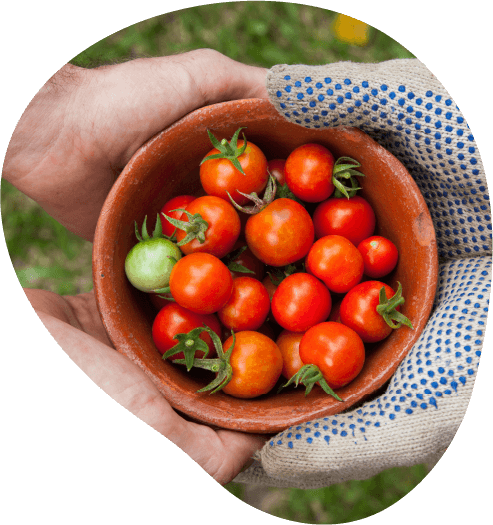

The Green Deal mentions ecological agriculture should be 25% of the total amount of farming soil in 2030. Doesn’t this compromise the successful high yields that have rooted out hunger in Europe after World War II?
“Food security remains one of the key objectives of the European Union. It is a strategic value of our society, which has to be defended in times of plenty to be sure it can serve us in times of want. The farm to fork strategy fully acknowledges that a sustainable food system must ensure sufficient and varied supply of safe, nutritious, affordable and sustainable food to people at all times, not least in times of crisis. This also applies to the achievement of the targets set by the Green Deal.”
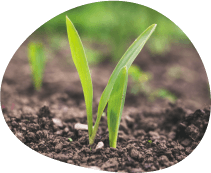


In the aftermath of the coronavirus crisis, consumers seem to be valuing food safety over sustainability. How do we move towards a sustainable food chain in this environment?
“With its Green Deal initiative, the European Union is addressing both safety and sustainability. The farm to fork strategy indicates that food packaging plays a key role in the sustainability of food systems. The European Union will revise the food contact materials legislation to improve food safety and public health, in particular in reducing the use of hazardous chemicals, support the use of innovative and sustainable packaging solutions using environmentally-friendly, reusable and recyclable materials, and contribute to food waste reduction.”
Joost Scholten Xiao Er Kong
The coronavirus crisis has put a spotlight on our risky habits and harmful ways of production. Just as the European Union launched a Green Deal aimed at (among other things) making food production more sustainable, the global focus shifted towards prioritizing food safety above everything else. A commission official sheds more light on the new tensions in the search for a food production that’s safe, sufficient and sustainable.
AMBITIOUS PROGRAMME OF EUROPEAN UNION AIMS FOR SUSTAINABILITY AND SAFETY IN FOOD PRODUCTION
European Green Deal not slowed down by COVID-19 pandemic
INTERVIEW
3 min
EUROPEAN GREEN DEAL



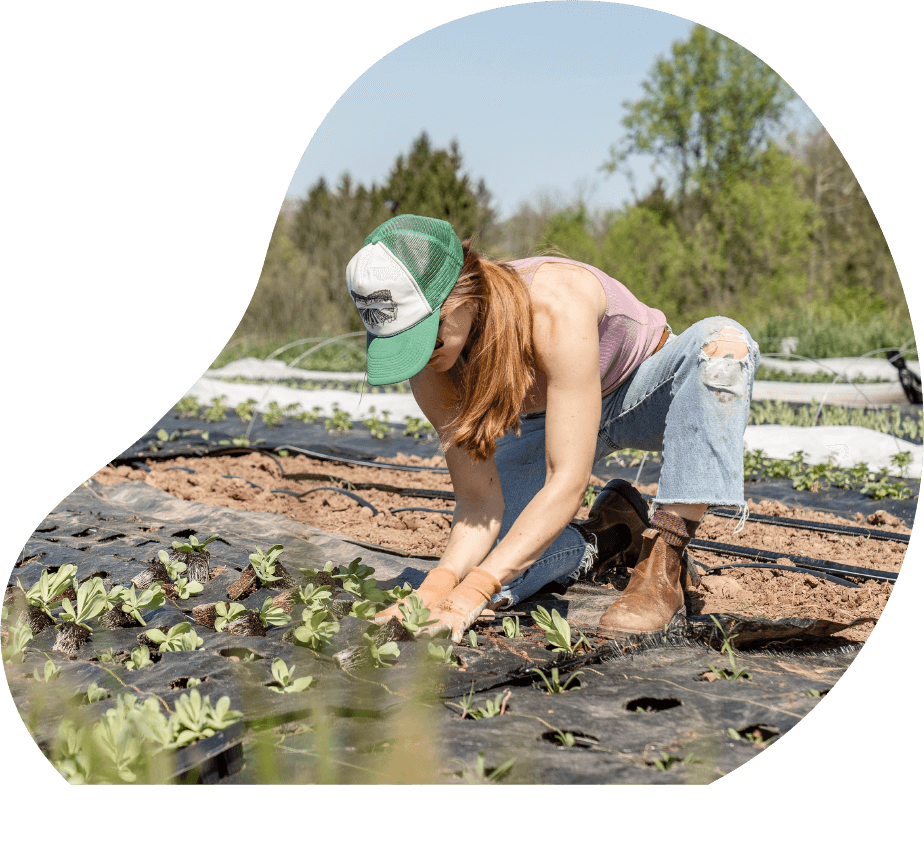


The Green Deal is very ambitious. What will be the consequences for food production if all measures are implemented in 2030? Will certain farms and farmers disappear?
“In 2030, the European Union will produce enough food to feed its citizens and remain an important player on certain international agricultural markets, as it is the case today. But that does not mean agriculture will not change. It also does not mean that the mix of products produced or exported will remain the same. It certainly means that the way in which food is produced will change. Food will be produced in a sustainable way, with a large number of farmers working organically, or using other agro-ecological methods. Innovation will play an even more important role in agriculture, compared to today, ensuring pesticides and antibiotics are used much less, while nutrient losses are reduced.”
Livestock, especially with intensive farming, has been identified as dangerous to the public health during recent health crises. Why doesn’t the European Union forbid these practices altogether?
“Historically, most epidemics are the result from close contact between animals and humans. The Romans already discovered this problem around 400 BC. A time not characterised by ‘intensive factory farming’.”
“Today, risks are particularly high in animal husbandry with low levels of biosecurity, as demonstrated by confinement for free-range poultry during waves of avian flu epidemics. It is clear that the intensive interaction of humankind with animals and the world’s ecosystems increase the chance of spread of zoonotic diseases. In this light, the Green Deal aims to promote overall sustainability of food systems and restoration of biodiversity. For example, it announces measures to avoid or minimise the placing of products associated with deforestation or forest degradation on the European market.”


The Green Deal mentions ecological agriculture should be 25% of the total amount of farming soil in 2030. Doesn’t this compromise the successful high yields that have rooted out hunger in Europe after World War II?
“Food security remains one of the key objectives of the European Union. It is a strategic value of our society, which has to be defended in times of plenty to be sure it can serve us in times of want. The farm to fork strategy fully acknowledges that a sustainable food system must ensure sufficient and varied supply of safe, nutritious, affordable and sustainable food to people at all times, not least in times of crisis. This also applies to the achievement of the targets set by the Green Deal.”


In the aftermath of the coronavirus crisis, consumers seem to be valuing food safety over sustainability. How do we move towards a sustainable food chain in this environment?
“With its Green Deal initiative, the European Union is addressing both safety and sustainability. The farm to fork strategy indicates that food packaging plays a key role in the sustainability of food systems. The European Union will revise the food contact materials legislation to improve food safety and public health, in particular in reducing the use of hazardous chemicals, support the use of innovative and sustainable packaging solutions using environmentally-friendly, reusable and recyclable materials, and contribute to food waste reduction.”
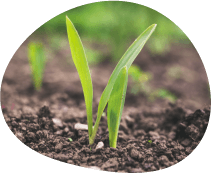


Joost Scholten Xiao Er Kong
The coronavirus crisis has put a spotlight on our risky habits and harmful ways of production. Just as the European Union launched a Green Deal aimed at (among other things) making food production more sustainable, the global focus shifted towards prioritizing food safety above everything else. A commission official sheds more light on the new tensions in the search for a food production that’s safe, sufficient and sustainable.
AMBITIOUS PROGRAMME OF EUROPEAN UNION AIMS FOR SUSTAINABILITY AND SAFETY IN FOOD PRODUCTION
European Green Deal not slowed down by COVID-19 pandemic
3 min
